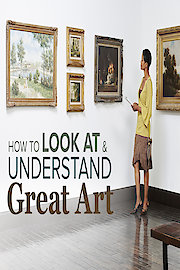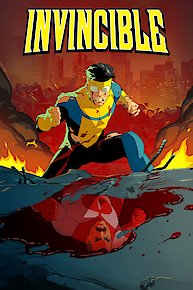



































Embark on an in-depth exploration of the practical skill of viewing art through the lenses of line, light, perspective, composition, and other crucial elements. Using timeless masterpieces of Western art as well as hands-on studio demonstrations, Professor Sharon Latchaw Hirsh gives you the knowledge you need to enhance your appreciation of great art.
How to Look at and Understand Great Art is a series that ran for 1 seasons (35 episodes) between November 1, 2023 and on The Great Courses
-
Channel
-
Premiere DateNovember 1, 2023

-
 MyFreeDIRECTV is a new free premium TV experience.
MyFreeDIRECTV is a new free premium TV experience.
-
 Enjoy a curated selection of popular free live channels and On Demand library.
Enjoy a curated selection of popular free live channels and On Demand library.
-
 Try the DIRECTV experience - All you need is the DIRECTV app.
Try the DIRECTV experience - All you need is the DIRECTV app.

 MyFreeDIRECTV is a new free premium TV experience.
MyFreeDIRECTV is a new free premium TV experience.
 Enjoy a curated selection of popular free live channels and On Demand library.
Enjoy a curated selection of popular free live channels and On Demand library.
 Try the DIRECTV experience - All you need is the DIRECTV app.
Try the DIRECTV experience - All you need is the DIRECTV app.
































